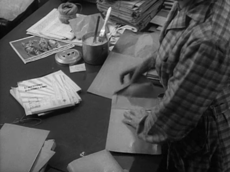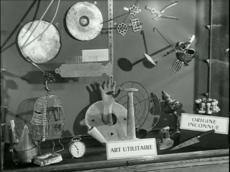Dorothy: hackpad
Draft
A Rose
Notes from October Field Visit in London
Film reference
Family in the Bubble (2018)
Funeral Parade of Roses (1969)
Sink or Swim (1990)
Statues Also Die(1953)
Visual Reference
Reading material
The Art of Memory - Frances Yates
//At a banquet given by a nobleman of Thessaly named Scopas, the poet Simonides of Ceos chanted a lyric poem in honour of his host but including a passage in praise of Castor and Pollux. Scopas meanly told the poet that he would only pay him half the sum agreed upon for the panegyric and that he must obtain the balance from the twin gods to whom he had devoted half the poem. A little later, a message was brought in to Simonides that two young men were waiting outside who wished to see him. He rose from the banquet and went out but could find no one. During his absence the roof of the banqueting hall fell in, crushing Scopas and all the guests to death beneath the ruins; the corpses were so mangled that the relatives who came to take them away for burial were unable to identify them. But Simonides remembered the places at which they had been sitting at the table and was therefore able to indicate to the relatives which were their dead. The invisible callers, Castor and Pollux, had handsomely paid for their share in the panegyric by drawing Simonides away from the banquet just before the crash. And this experience suggested to the poet the principles of the art of memory of which he is said to have been the inventor. Noting that it was through his memory of the places at which the guests had been sitting that he had been able to identify the bodies, he realised that orderly arrangement is essential for good memory. (1-2)
Essayism - Brian Dillon
On lists. I started with a list - well, here is one more, if you can bear the rhythm of one damn thing after another, for which the technical team is parataxis: a mode of structuring or storytelling that will be familiar alike to readers of the Bible and parents or teachers of small children. Parataxis says: this happened, and then that happened, followed by this other, And so on, on, on. It's a structure that does not admit of qualification or reserve, narrative switchback or second thoughts, dependent clauses or trains of thought. It starts, it tells, it stops. But it's not exactly a frieze of unrelated cells, something or someone must link the discrete elements, make a tick-tock of their tick-tick. In the classic formulation, which arrives in the tenth book of Saint Augustine's Confessions, the name for this organization or guaranteeing principle is, as you might guess, God. (23)
Always, with the fragment as with the essay itself, there is this ambiguous shuttle between identity and dispersal, between formal, almost physical integrity and a fracturing or even pulverising action. 'Fragment' gives us 'fragmental' and 'fragments': geological terms for rocks and shales that are heterogeneous, composed of more than one substance. I like the idea of the essay as a kind of conglomerate: an aggregate either of diverse materials or disparate ways of saying the same or similar things. There is a repetition or rhyme between the further fragments (further essay?) it may contain. At least according to an aesthetic that for the moment we may call Romantic - it will slowly dissolve, or perhaps explode, into several other aesthetic-historical moments. (68)
None of which metaphorical bristling tells us why the fragment should be so appealing, for writers or reader. [...] that also means it's an opportunity to remake or remodel the writing 'I' with each fragment, each 'psychological experiment' [...] In the form of the work, the gragmentist announces at every stage that he or she is a varied and various character, that the self, exquisitely expressed in each instant, must also cease to be and start again, endlessly. (69)
The Years - Annie Ernaux
the images, real or imaginary, that follow us all the way into sleep
the images of a moment bathed in a light that is theirs alone
They will all vanish at the same time, like the millions of images that lay behind the forehead of the grandparents, dead for half a century, and of the parents, also dead. Images in which we appeared as a little girl in the midst of beings who died before we were born, just as in our own memories our small children are there next to our parents and schoolmates. And once day we'll appear in our children's memories, among their grandchildren and people not yet born. Like sexual desire, memory never stops. It pairs the dead with the living, real with imaginary beings, dreams with history. (16)
Later, when we learned what had happened on 17 October 1961, we were unable to say what we had known at the time, recalling nothing except balmy weather and the imminent return to university. We felt unease of not having known, though the state and the press had done everything to keep us in the dark, as if there were no making up for past ignorance and silence. (77)


